The world of coin collecting is full of fascinating stories and surprising values. Among the most exciting is the 1964 Nickel, a coin that has created waves in the numismatic community by sparking sales of up to $100,000.
This article dives into the story behind this sought-after coin and highlights five other coins you should keep an eye on.
Whether you’re an experienced collector or a curious enthusiast, these coins represent some of the most intriguing treasures in circulation.
The 1964 Nickel: A Rare Gem
The 1964 Nickel gained its fame due to a combination of rarity, unique errors, and demand from collectors.
While millions of nickels were minted that year, certain variations—like the 1964-D Jefferson Nickel with Full Steps—are exceedingly rare.
The term “Full Steps” refers to the five or six distinct steps visible on the Monticello building on the coin’s reverse. These well-preserved details are a testament to the coin’s exceptional minting quality.
- Value: Coins with perfect Full Steps have sold for up to $100,000 at auction.
- Mint Mark: Look for the D mint mark, which indicates it was minted in Denver.
- Condition: The coin’s value increases dramatically if it is uncirculated and graded highly by professional services.
5 More Coins to Watch
1. 1909-S VDB Lincoln Penny
- Why It’s Special: This penny marked the debut of the Lincoln design but was quickly pulled from circulation due to public criticism of the designer’s initials (V.D.B.) on the reverse.
- Value: Pristine examples fetch between $50,000 and $100,000.
- Tips: Check for the “S” mint mark and the initials on the reverse.
2. 1943 Bronze Lincoln Penny
- Why It’s Special: Most 1943 pennies were struck in steel due to wartime metal shortages. A few bronze blanks accidentally slipped into production.
- Value: These rare pennies can command up to $200,000.
- Tips: Use a magnet—genuine bronze pennies won’t stick.
3. 1937-D Buffalo Nickel (Three-Legged)
- Why It’s Special: A minting error left this coin with only three legs on the buffalo depicted on its reverse.
- Value: Depending on condition, it sells for $10,000 to $75,000.
- Tips: Look for coins in uncirculated condition for higher value.
4. 1794 Flowing Hair Dollar
- Why It’s Special: The first silver dollar ever minted by the U.S., it holds immense historical significance.
- Value: Known examples have sold for over $10 million.
- Tips: This coin is extremely rare; professional appraisal is necessary.
5. 1955 Doubled Die Lincoln Penny
- Why It’s Special: A minting error caused the date and lettering to appear doubled, making it highly desirable.
- Value: These coins can sell for $1,000 to $25,000.
- Tips: The doubling is easily visible without magnification.
| Coin Name | Special Feature | Estimated Value | Key Tip |
|---|---|---|---|
| 1964 Jefferson Nickel | Full Steps on Monticello | Up to $100,000 | Look for the “D” mint mark |
| 1909-S VDB Lincoln Penny | Designer’s initials on reverse | $50,000 to $100,000 | Check for “S” mint mark |
| 1943 Bronze Lincoln Penny | Made of bronze instead of steel | Up to $200,000 | Test with a magnet |
| 1937-D Buffalo Nickel | Missing fourth leg on buffalo | $10,000 to $75,000 | Seek uncirculated condition |
| 1794 Flowing Hair Dollar | First U.S. silver dollar | Over $10 million | Extremely rare—get professional help |
| 1955 Doubled Die Penny | Doubled date and lettering | $1,000 to $25,000 | Doubling visible to the naked eye |
The 1964 Nickel and the other five coins listed here offer a glimpse into the fascinating world of rare coin collecting. Each has a unique story, historical significance, or rarity that makes it valuable to collectors.
Whether you’re holding onto old coins or considering diving into the market, these examples highlight why numismatics continues to captivate enthusiasts worldwide.
Always research and authenticate your finds—your next discovery might just be a treasure worth millions!
FAQs
How can I verify if my 1964 Nickel has Full Steps?
To confirm Full Steps, examine the Monticello building on the coin’s reverse under magnification. Look for five or six complete, uninterrupted steps.
Are older coins always more valuable?
Not necessarily. Rarity, condition, and errors play a larger role in determining a coin’s value than its age alone.
How should I store valuable coins to preserve their condition?
Store coins in protective cases or sleeves, away from humidity and direct sunlight, to prevent tarnishing or damage.

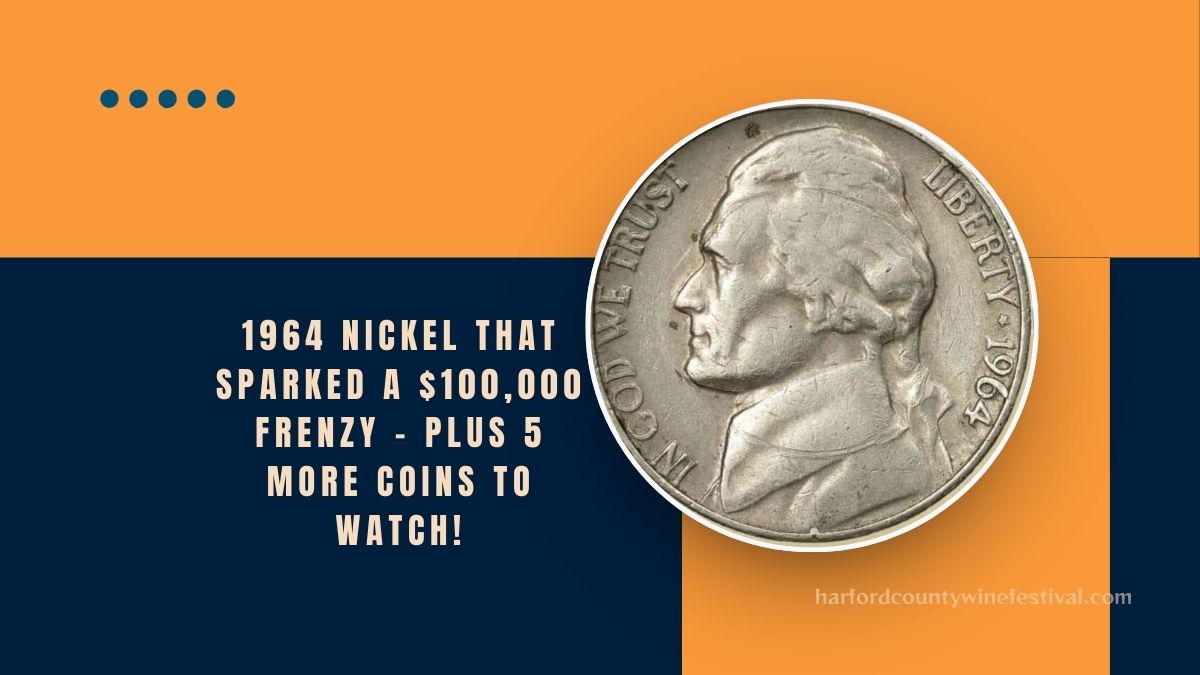

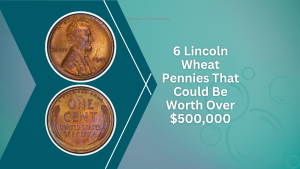

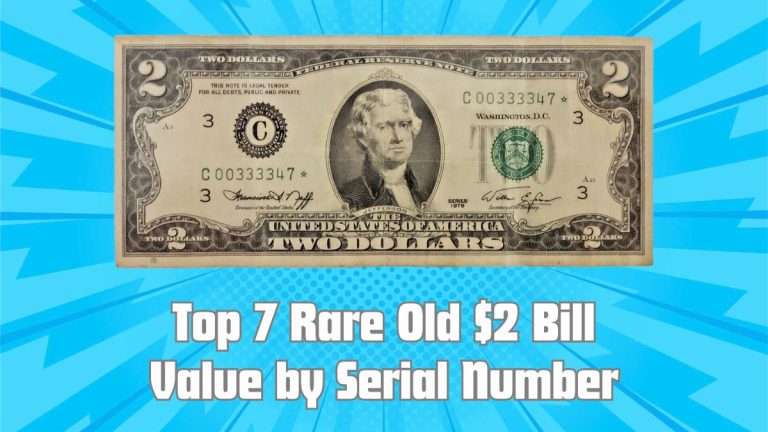
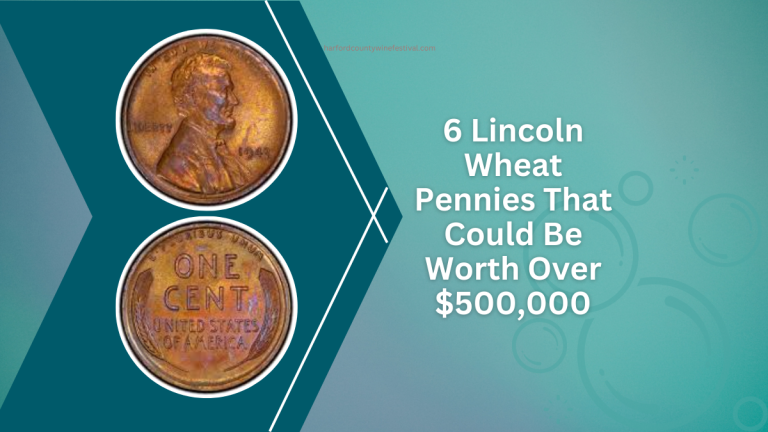
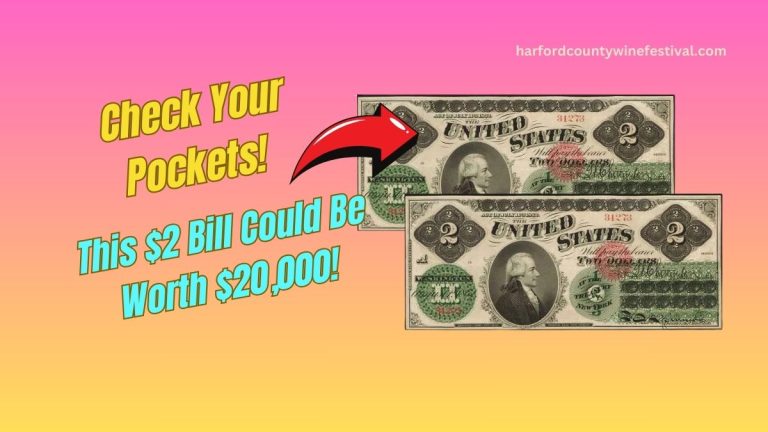
I have a Numismatic of Tragunini, believe to be the last full blooded Indigenous woman in Tasmania Australia, given to my late husband as he was the chairman of NAC in the whole Australia in his time. You think it has a value? I have a lot of old coins,American, pounds and Australian. Will you help me find out how it is worth? I need help financially.